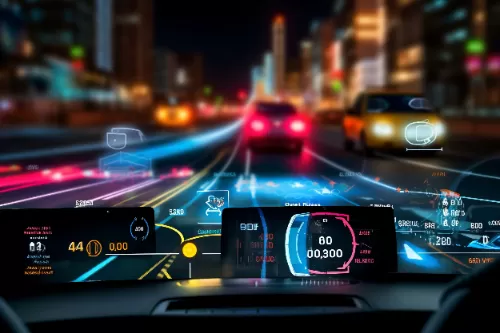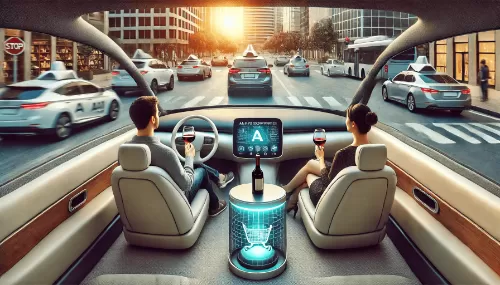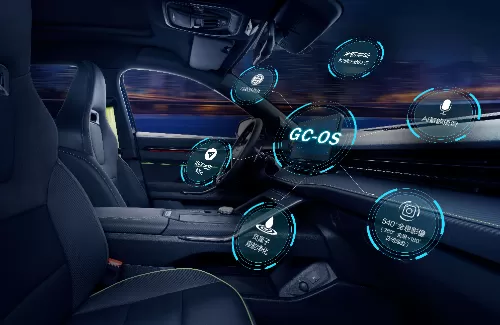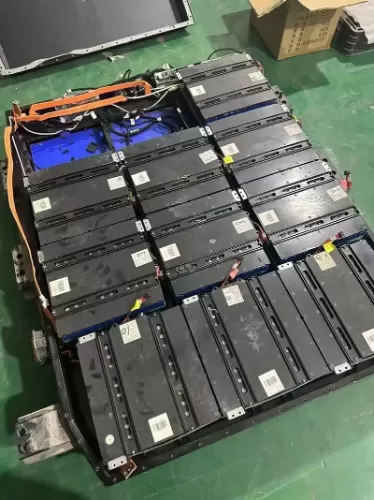Are Self-Driving Cars Safer Than Humans
Picture this: It’s 8:15 a.m., and you’re balancing coffee, a conference call, and a backseat debate about why dinosaurs didn’t survive. Suddenly, a scooter cuts across three lanes. Your foot slams the brake—a reflex honed by years of driving. Now imagine your car handling that moment instead: no adrenaline, no panic, just sensors and algorithms reacting at lightning speed. This scenario plays out daily as autonomous driving quietly expands its reach. From Phoenix’s robotaxis to Shanghai’s self-parking sedans, vehicles without human drivers are no longer sci-fi. Yet a fundamental question lingers every time we see a car drive itself: Can machines truly outpace human skill behind the wheel? Autonomous driving technology promises safer roads, but the reality is far more nuanced than a simple “yes” or “no.”

How Autonomous Driving Redefines Safety
Unlike humans, autonomous driving systems never get tired, distracted, or emotional. They process data from cameras, radar, and sensors in milliseconds—capabilities no biological driver can match. But this doesn’t mean perfection. While autonomous driving eliminates risks like drunk driving or texting accidents, it faces challenges humans navigate intuitively: sudden weather changes, ambiguous traffic gestures, or unpredictable pedestrians.
The Human-Machine Handoff Dilemma
Here's where autonomous driving reveals its greatest paradox. The technology works best in controlled environments, like highways with clear lane markings. Yet in chaotic urban settings—think a child chasing a ball into the street—the system might abruptly “hand back” control to the driver. This split-second transition, requiring humans to regain focus instantly, creates new safety debates. Autonomous driving isn't just about replacing drivers; it's about redesigning how humans and AI share responsibility.
A Learning Curve on Wheels
Every autonomous driving system evolves through machine learning. The more miles logged, the smarter the algorithms become at handling rare “edge cases”—say, a tumbleweed crossing a desert highway or a cyclist carrying oversized furniture. Still, unlike humans who generalize knowledge (a chair is a chair, whether in a living room or on a bike), autonomous driving requires explicit programming for every possible scenario. This limitation keeps engineers humble—and safety regulators vigilant.
The Road Ahead
Autonomous driving won't make human error vanish overnight, but it's reshaping safety priorities. While humans cause 94% of crashes (NHTSA), the remaining 6%—mechanical failures, environmental hazards—become critical focus areas for self-driving systems. The ultimate goal? A hybrid future where autonomous driving handles routine tasks, while humans intervene creatively during exceptions. One truth emerges: Safety isn't a competition between humans and machines. It's a collaboration—one that demands better tech and smarter driver education. After all, even the most advanced autonomous driving system still shares the road with unpredictable humans… at least for now.
Conclusion
Autonomous driving isn’t about declaring winners between humans and machines. It’s about merging their strengths. Imagine roads where tireless algorithms manage stop-and-go traffic, while human intuition navigates construction zones or helps a lost tourist. The safest future may be one where autonomous driving becomes our co-pilot—handling predictable tasks with machine precision, while leaving the messy, creative problem-solving to us. After all, even the most advanced system still needs someone to explain to kids why dinosaurs aren’t behind the wheel... yet.
 By: Lorna
By: Lorna





